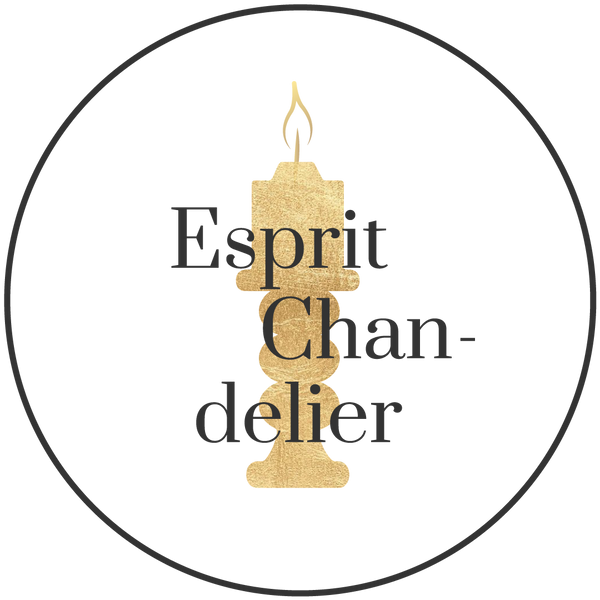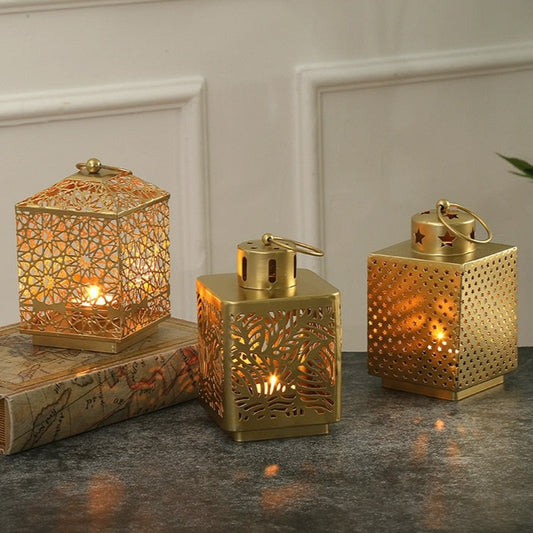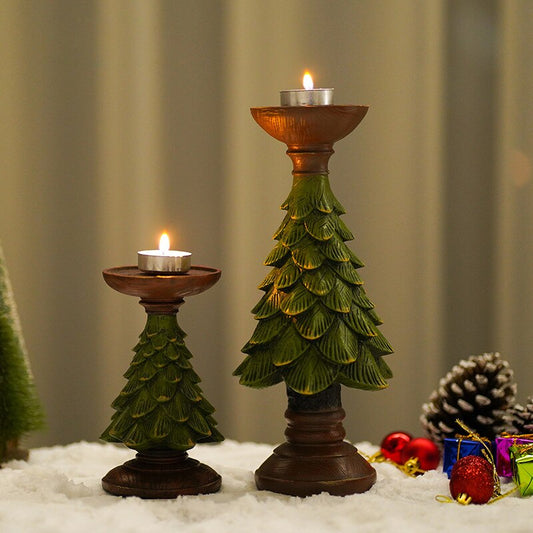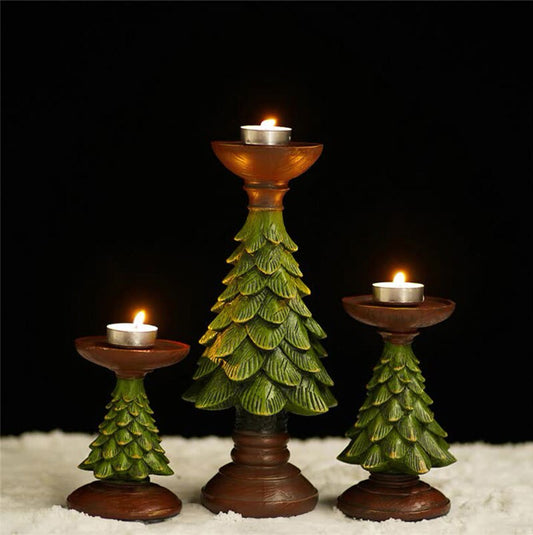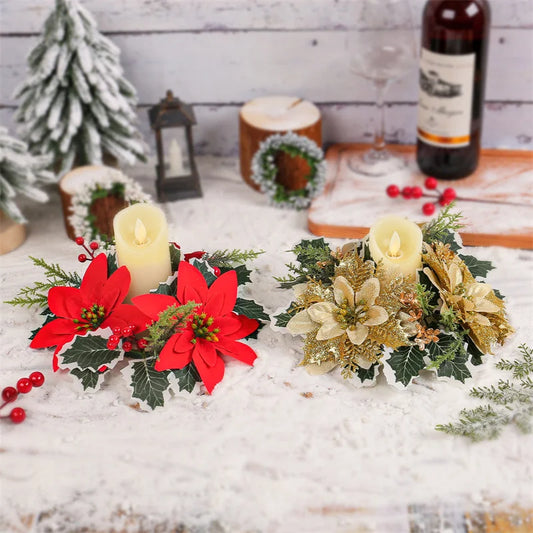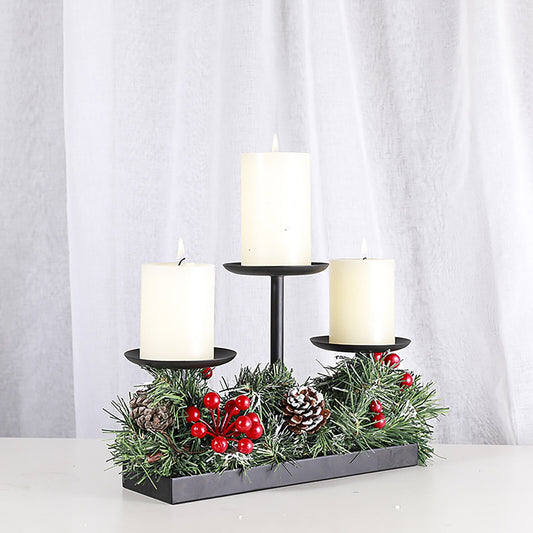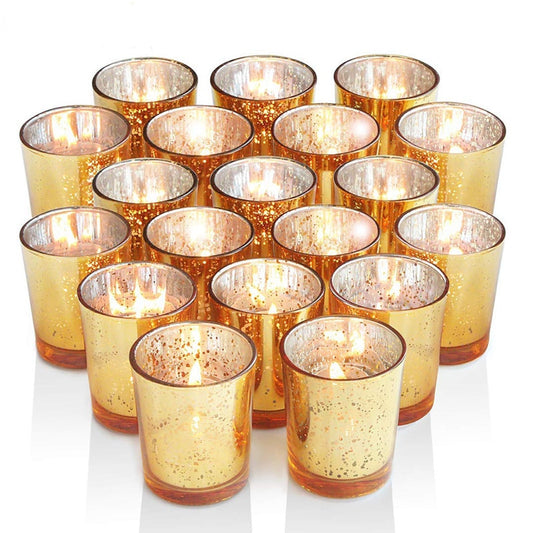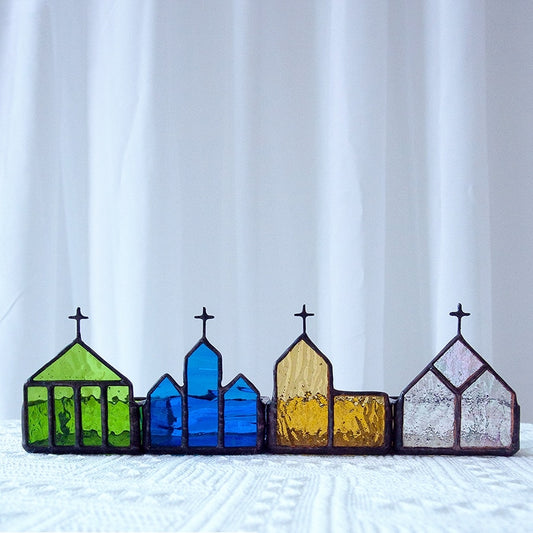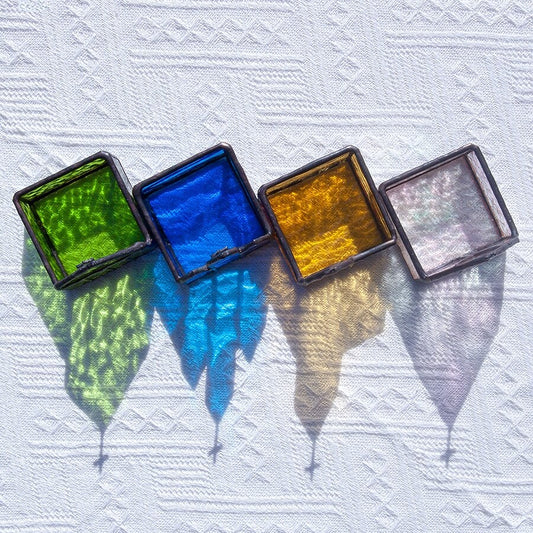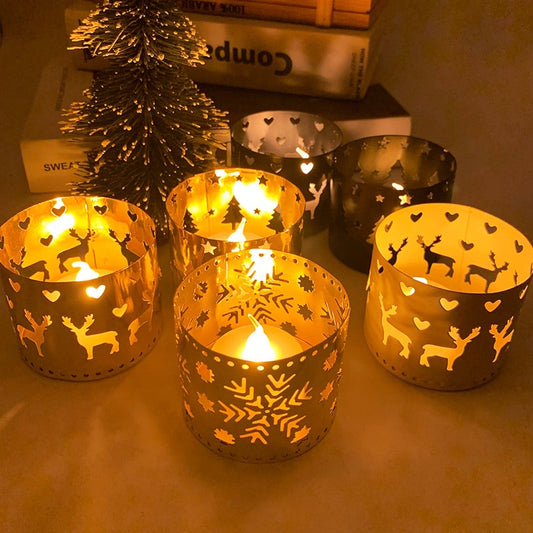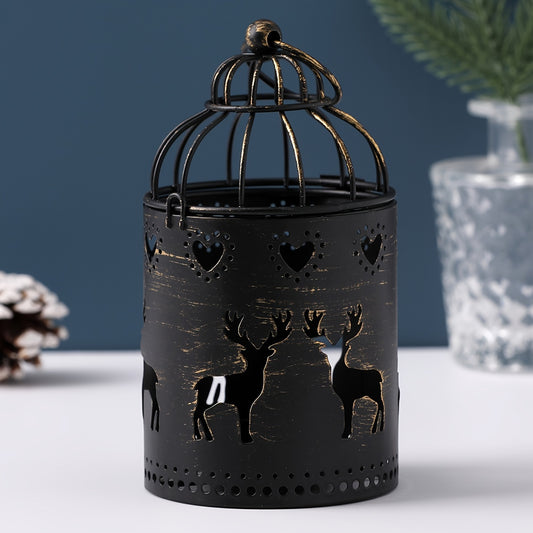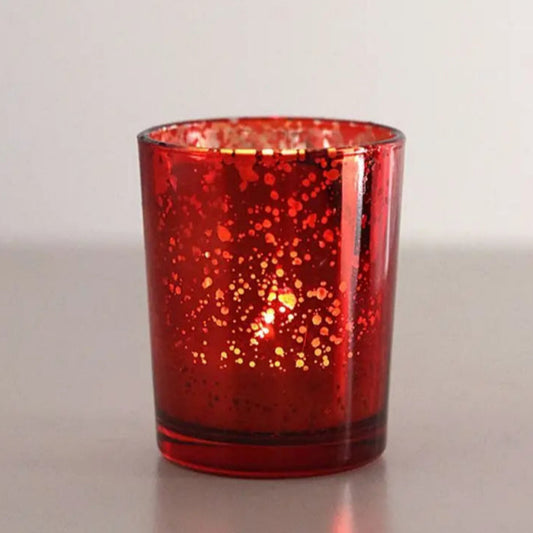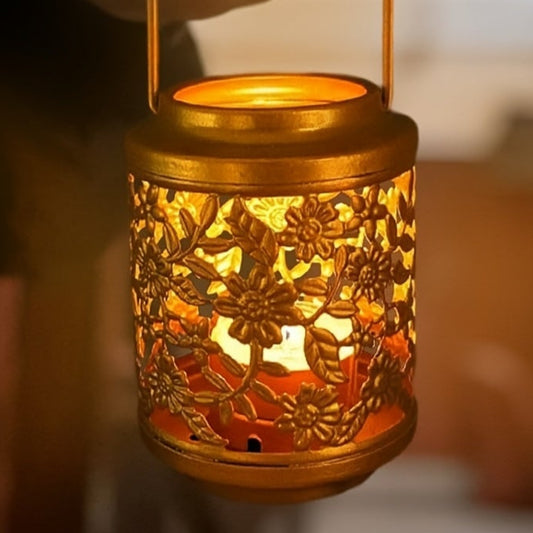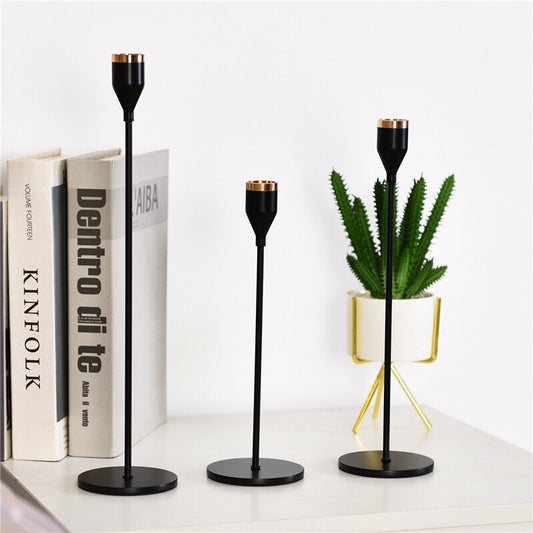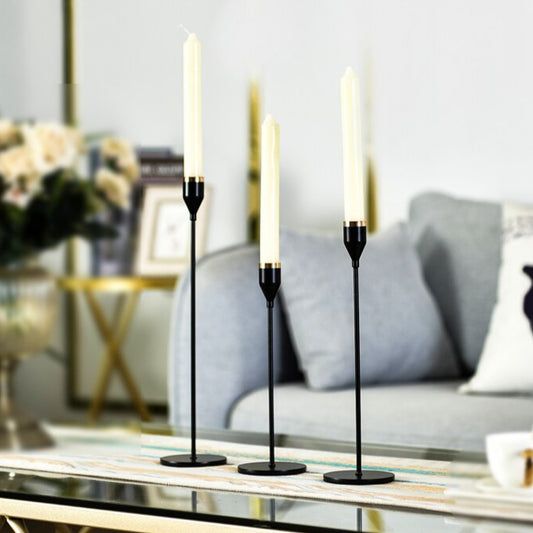Collection: Christmas lights
We have created our Christmas Selection to accompany this period announcing the return of light and hope .
Find the candle holder , tealight holder , candlestick that will rekindle the fire in your home.
Discover our Love Cupid Selection here, for all those in love with life!
-
Lantern Tealight Holder - Openwork
Regular price €19,90 EURRegular price -

 Sold out
Sold outLong Candle Holder - Driftwood
Regular price From €59,90 EURRegular price -
Christmas Tree Candle Holder
Regular price From €29,90 EURRegular price -
Christmas Table Candle Holder Crown
Regular price €9,90 EURRegular price -
Swedish Christmas Candle Holder
Regular price €69,90 EURRegular price -
Golden Candle Holder - Small Deer
Regular price €12,90 EURRegular price€13,90 EURSale price €12,90 EURSale -
Triple Christmas Candle Holder
Regular price €49,90 EURRegular price -
Centerpiece Tealight Holder
Regular price From €29,90 EURRegular price€0,00 EURSale price From €29,90 EUR -
Golden Tealight Holder - Table Centerpiece
Regular price From €29,90 EURRegular price€34,90 EURSale price From €29,90 EURSale -

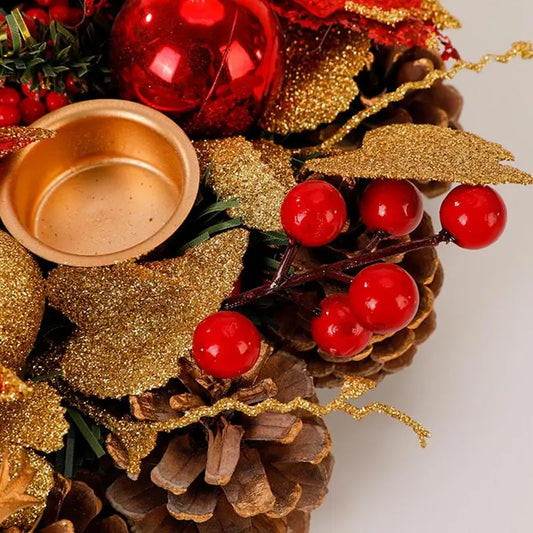 Sold out
Sold outLarge Advent Candle Holder Crown
Regular price €39,90 EURRegular price -
Church Tealight Holder - Tiffany Stained Glass
Regular price €79,90 EURRegular price -
Christmas Tealight Holder - Table Centerpiece
Regular price €6,90 EURRegular price€0,00 EURSale price €6,90 EUR -
Mini Lantern - Reindeer
Regular price €9,90 EURRegular price€0,00 EURSale price €9,90 EUR -
Glass Tealight Holder - Red
Regular price €6,90 EURRegular price€0,00 EURSale price €6,90 EUR -
Golden Floral Tealight
Regular price €16,90 EURRegular price€0,00 EURSale price €16,90 EUR -
-
Black Candlestick - Flute
Regular price €34,90 EURRegular price
Are you looking for a product to offer?
Have you considered our gift cards? Choose the amount and let your loved one choose their favorite!
Esprit Chandelier
Esprit Chandelier Gift Card





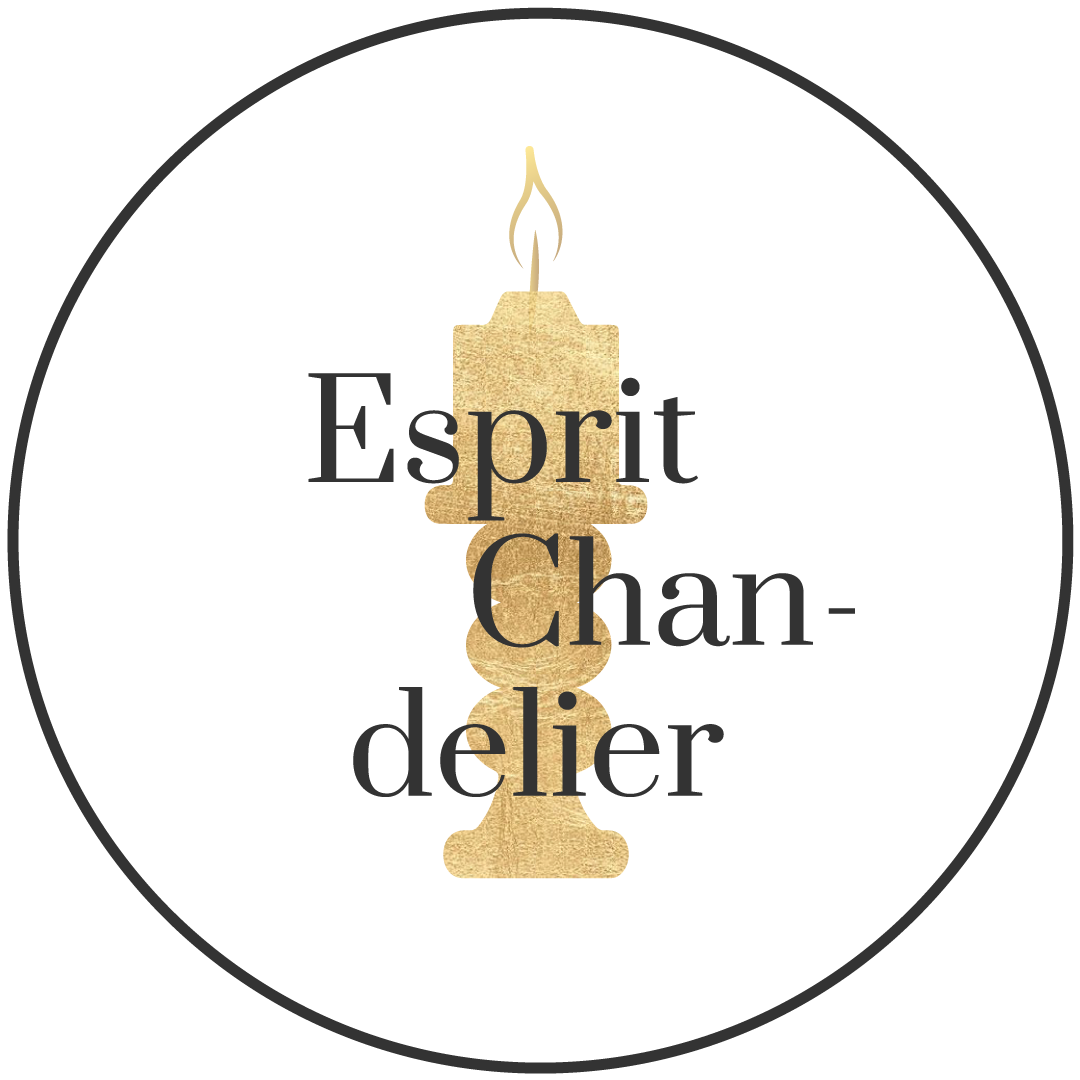
Collapsible content
What is the meaning of the Advent Wreath?
There are several interpretations regarding the symbolism of the Advent wreath . Its shape, material, colors and use will find
different echoes according to his affinity to the elements of nature or to a religion.
The circle could represent the wheel of eternity , perpetual movement. The candles could represent the four cardinal points , the green would represent life and the flames the light that returns to illuminate the world on Christmas night.
In the Christian religion, the crown is the symbol of royalty
through the crown of thorns of Christ, both martyr and King recognized as the Messiah .
Green represents the birth of the blessed child, a symbol of renewal on earth.
The four candles represent the four weeks before Christmas.
It is customary to light a candle on the first Sunday of Advent, the second
On Sunday, we light the old candle and then a new one, and so on until the last Sunday before Christmas.
In correspondence with the liturgical colors of each
On Sunday, three candles are purple and one is pink . Sometimes a white candle is lit in the middle of the wreath.
What is Advent?
The word Advent comes from the Latin adventus which means “ coming,
Advent ”. This period begins on the 4th Sunday before Christmas.
For Catholics, it represents the period during which the faithful prepare to celebrate the birth of Jesus Christ , God becoming man among men.
The time of Advent is also the starting point of a new
liturgical year which will continue until the same period the following year.
This time of preparation is punctuated by three religious festivals .
On December 6th, Saint Nicholas Day, which recalls the tradition of Santa Claus.
December 13th is Saint Lucia's Day, which refers to a
ancient tradition of the festival of light and which also celebrates Lucy of Syracuse.
And of course the feast of the Immaculate Conception , Mary, mother of Jesus, celebrated on December 8.
Advent remains a time of great joy for young and old alike, thanks to the euphoria generated by preparing the tree , the Christmas decorations , the meal and the gifts that will bring joy to everyone's heart .
The History of the Christmas Tree
The origin of the Christmas tree is not clearly defined, several oral traditions or legends take us back to pagan times .
The fir tree being an evergreen tree, it symbolizes renewal, rebirth during the winter period when light is scarce. We find this custom aimed at representing eternal life thanks to these evergreen species in antiquity, as much among the Egyptians, the Chinese or even the Hebrews.
However, the Christmas tree and its decorations as we use them today come to us from Eastern countries .
Riga, the current capital of Latvia, claims the origin of the first fir tree erected and decorated in 1510 .
In Strasbourg in 1539 , according to certain archives, a fir tree was erected in front of the cathedral.
Since then, the fir tree has become a tradition that has spread throughout
the homes of German families of the time.
It seems that Martin Luther , the Protestant reformer, after a walk in the forest under a starry sky, was the first to add lights to the
Christmas tree, candles , candles or even the first electric garlands invented in 1882.
What are the symbols of Christmas?
The star represents the Star of Bethlehem , which led the Magi to the baby Jesus. It symbolizes the prophecy announcing the arrival of the Messiah on earth.
Candles . Before the advent of electricity, candles were used to illuminate the Christmas tree, but above all they represent Divine light .
They are also found in two other festivals taking place at the same time:
* Hanukkah , which is called the "festival of lights" in Judaism.
* Kwanzaa which celebrates the unity of displaced people in the African diaspora.
On this occasion, a candle from the Kinara candlestick is lit for seven nights.
Gifts . This tradition is inspired by the three wise men Melchior, Balthazar, and Caspar, who, following the star of the nativity, arrive with gold, frankincense, and myrrh as gifts for the birth of Jesus. The ribbon tied around the gift is an allegory of the bond of unity and kindness linked to the spirit of Christmas.
Red and green . Red at Christmas represents the blood of Christ shed for humanity on the cross. Green symbolizes life , hope , eternal life. This is why, from pagan times to the present day, the fir tree or the hoe, having
evergreen leaves, are used to decorate homes, representing life and light in the dark period of winter.
Barley sugars . In the shape of a shepherd's crook (staff), it is an allusion to Jesus who brought the lost sheep back to God .
DISCOVER OUR SELECTIONS:
-

Golden Candle Holder
The Golden Candle Holder, a mark of ultimate elegance, will bring light...
-
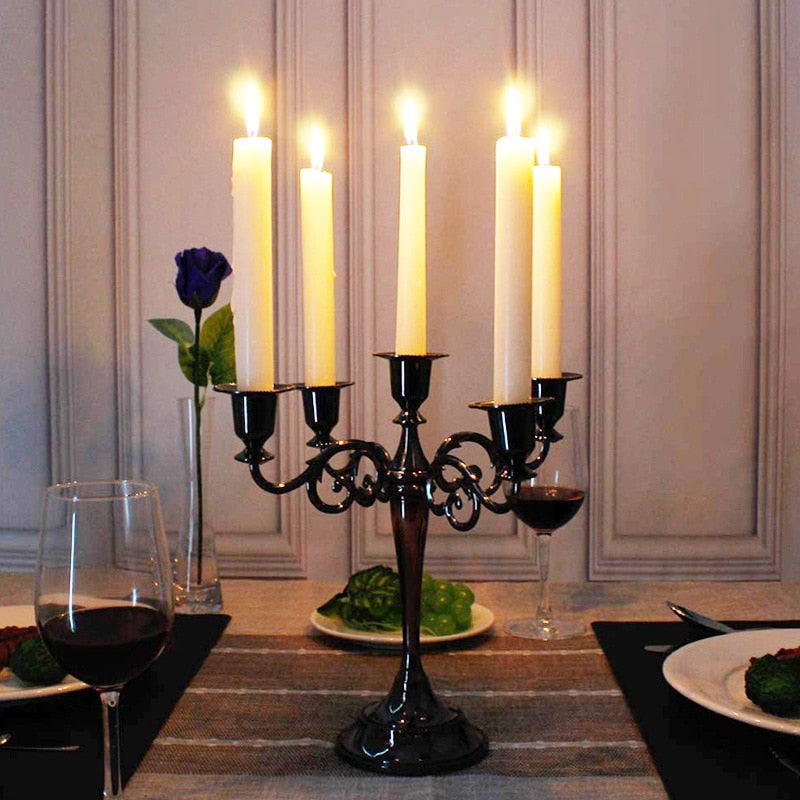
The Candelabras
Refined, elegant, colorful or designer, the Chandeliers & Candelabras will gracefully illuminate...
-
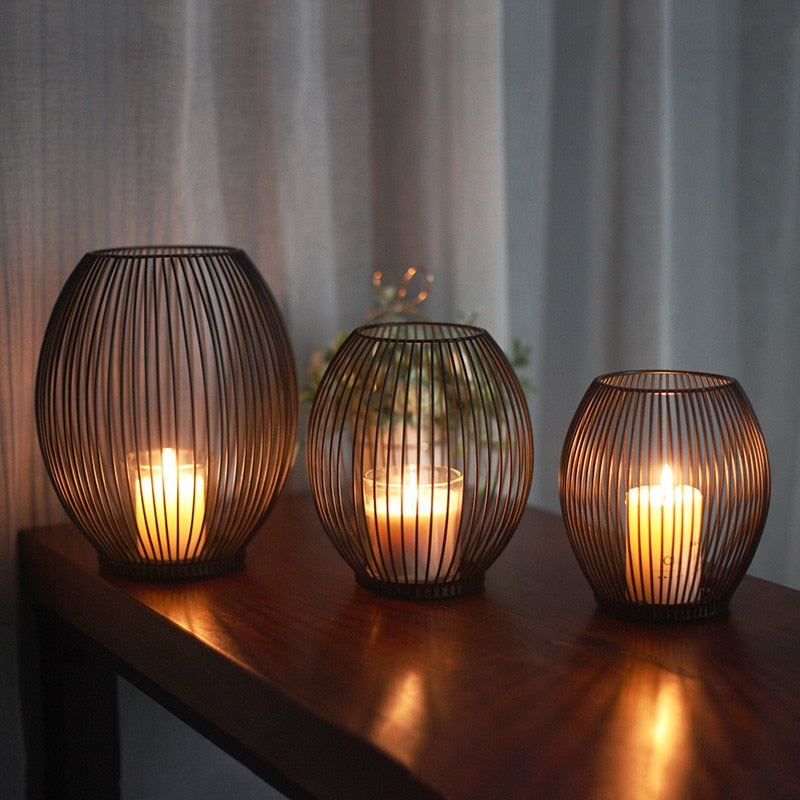
The Tealight Holders
Treat yourself to a range of soft or transparent light, gold or...
Subscribe to the newsletter here!
And, enjoy -10% on your first order :)
